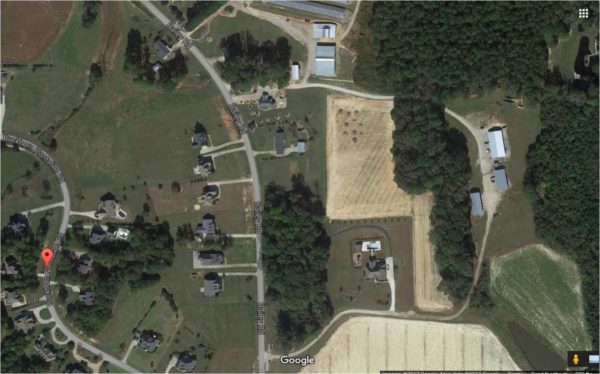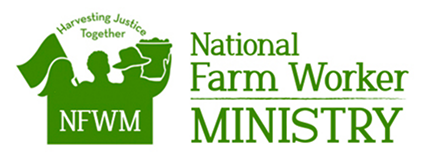Background
Farm workers commonly face substandard housing conditions. Many workers pay high prices to live in crowded, unsanitary conditions which often lack basic utilities. They also often live in isolated areas far away from vital services, such as health clinics, grocery stores, and public transportation.
Farm workers live in many different types of housing which vary widely based on geographic location, immigration status, and other factors. The most common types of farm worker housing are:
- Government housing: In order to qualify for affordable subsidized housing, farm workers must be documented. While it’s impossible to accurately measure exactly how many farm workers are undocumented, Southern Poverty Law Center estimates show that at least 6 out of 10 of our country’s farm workers are undocumented. Even for documented farm workers, government housing is not always up to standard. In 2011, the American Public Health Association released a policy statement declaring that improving farm worker housing is a “public health imperative.” The action steps are quite hefty, calling for the collaboration with “community housing advocacy groups, nonprofit housing organizations, community development corporations, builders, homeowners, landlords, architects, and urban planners.”
- Employer-owned housing: By law, growers are required to provide housing for non-immigrant seasonal workers on a special temporary visa called H-2A. For the majority of workers living in grower-owned housing, rent is deducted from the farm workers’ paycheck. Two studies from 2009 and 2013 show that labor camps that have any amount of H-2A workers are more likely to have better living conditions and better field sanitation than those without any H-2A workers present. H-2A workers account for only about 10% of the nation’s agricultural workforce. So if farm workers don’t get work alongside H-2A workers, they may find themselves with worse conditions because there is less incentive for the providers of housing to keep up to standard. Dairy and other farm employers will sometimes provide housing on or near the farm even when it isn’t required by law. For the majority of workers living in employer-owned housing, rent is deducted from the farm workers’ paycheck.
- Privately rented housing: Farm workers pay rent to a private owner other than their employer, often at inflated prices. So, not every worker always gets housing. A Los Angeles Times article from July 14 2023 showcased a farm worker, Juan Flores, and his friends who came to Mecca, CA to work the harvest. They were not able to find housing, and so they lived in their trucks—facing prolonged heat without easy access to relief. Flores says, “Need makes you suffer.”
Inflated Housing Prices
In the case of grower-owned and other privately-owned housing, the owner can have a monopoly on available housing which allows them to overcharge. This is especially true in isolated rural areas where other housing options simply do not exist, and workers have no alternative but to pay these rates.
Because it is so expensive, many workers or families will pack into one house, trailer, or apartment in order to afford rent. A high ratio of farm workers to available utilities leads to health and sanitation complications. Far too many people share cooking and laundry facilities, sinks, bathrooms, and showers. The lack of hygiene facilities can promote pesticide exposure and the spread of disease. It is important for a worker who has been exposed to pesticides to be able to shower and wash their clothes, but with so many people living in one building, this can be difficult.
In other places, landowners charge rent fees on a per-person basis instead of a total for the building. These per-person rates make life even more difficult for farm worker families, who have to pay separately for each child. In general, lack of government oversight on housing standards and regulations enables growers and other private owners to get away with providing substandard housing.
Where population density and housing costs are high, such as in California, farm worker families migrating for work have resorted to living in tents, abandoned buildings, tool sheds, converted school buses, caves, and chicken coops.
Rural Housing

A 2015 study found that crowding, lack of access to sufficient bathing facilities, pest infestation, and structural damage are common to dwellings in farmworker labor camps. The study also found that more than one third (37.8%) of the farm worker labor camps were hidden from public view. This makes the residents even more vulnerable and making the providers of substandard housing less accountable to the public.
Photo Note: Labor Camp on right behind trees; housing development on left across the road – near Wilson, NC
Housing Regulation
Some active state legislation has attempted to improve housing conditions with limited success. For instance, the regulations contained in the North Carolina Migrant Housing Act are lax, requiring only one toilet for every 15 people and one laundry tub for every 30 people.
Regulations may also be poorly enforced due to a low number of inspectors, hidden unregistered camps, and fear of reprisal for workers who report housing conditions. In 2019, eight different unregistered housing camps were discovered by NC inspectors.
Housing remains a pressing issue for farmworkers. Their dignity and health must continue to be a priority for both their allies and employers.
Learn more:

